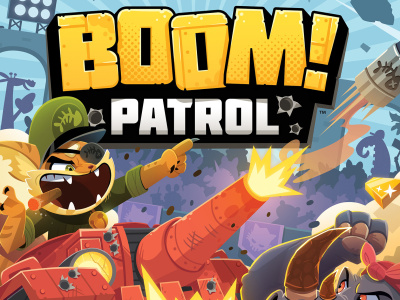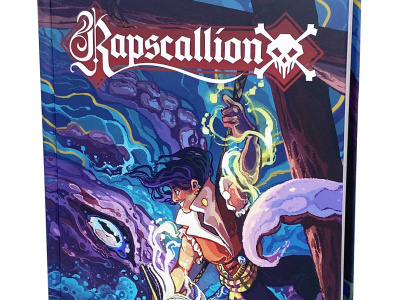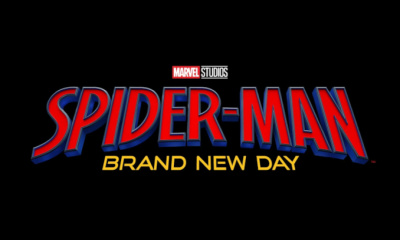A panel to recall Phil Seuling and his early New York comic conventions, the first conventions with a national draw, was held in conjunction with the 2008 New York Comic Con. ICv2’s Milton Griepp moderated the panel with film producer Michael Uslan; Greg Goldstein, most recently VP-Entertainment at Upper Deck; Diamond’s VP Purchasing Bill Schanes; and DC Comics CEO and Publisher, Paul Levitz. In Part 5, the panelists continue the discussion of the events in a historical context, and answer a question from the audience. In Part 1, Griepp introduces the panel, kicks off with a favorite Phil Seuling story, and asks the panelists about their first
Greg Goldstein:
I just want to add something to what to Paul said. For me being the young turk, or the young punk depending on your point of view in those days, so much happened in comics from 1970 to 1975, which is the early days of the Bronze Age, or the end of the Silver Age, wherever we are in terminology. From Kirby leaving Marvel to some of the other things that were going on in books, the big word (as we referenced with Neal Adams and his Green Lantern or Green Arrow before) was “relevance.” To a young guy who was into writing and art, to see all these other guys that weren’t all that much older than me, or the people I was with, breaking and changing the comics rules, was that next generation. It was guys that would go to conventions: there’d be Roy Thomas, sort of a second generation Silver Age at Marvel, and Len Wein and Mark Wolfman. It felt more attainable. Stan and Jack and those other guys were in the legendary hall-of-famers category. But the whole thing felt like we were next. There were these guys, they weren’t much older than us, they had the same sensibilities, they had long hair, they dressed the same way we did, and it felt like boy they can do it and they can do some really wonderful things in comics, and therefore therefore we had a shot.
I particularly remember meeting John Byrne (and he was not much older than a teenager, probably still was a teenager—I think he was doing his first work at Charlton at that time) at a
Paul Levitz:
Let me pick up on what Michael said. You talked earlier about the relative infrequency of the serious professionals showing up—Stan, or Mort, who at the time were starting to take themselves as serious executives.
When we place this in history, remember that as late as the late 60s, the characters in comics weren’t even WASPs. They were white Anglo-Saxons. They weren’t even allowed to be Protestants, much less have any sense of religion. They had no ethnicity. They had all been white-washed into the blandest possible form, the creators, largely, too. Stan Lieber became Stan Lee, Jack Kurtzberg [Jack Kirby]. Bob Kahn [Bob Kane], Eli Katz [Gil Kane], all shifting over. They were embarrassed. They were recovering from the 1950s and Wertham.
Joe Orlando would tell the story, when I was working for him, that in those years if he went to a party and a girl was asking him what he did for living, he was an artist. If pressed, he was an artist of things for children. Maybe somewhere between his picking up the girl or his despairing of any hope of picking up the girl, he’d finally admit that he was a comic book artist.
The conventions have had an astounding power in all of this. It’s the first time anybody told these guys that what they did meant a damn thing. It’s still has that power for some of the older ones as they get to places like San Diego and they get an Inkpot, or they come here. Arnold Drake was here a year or two ago and just delighting in the fact that, “People care about what I did? You remember who I am?”
When we lost Jim Mooney a week or two ago, I went back and was looking at some books and realized that not one story that Jim had done for DC in the initial run was credited. He had signed some, hidden in the corner, but we hadn’t gotten to credits on any of his material in probably a 30 or 40 year association with DC. When he went to Marvel after that, Stan had already gotten around to it.
But in the history of comics, when we start these early conventions, these brilliantly talented people are still battered children. They really are totally unrecognized. And the conventions were a vital part in the step of acknowledging them as the artists that they are.
Audience:
I’m wondering if you have any regrets. Anything at those early conventions that you wished that you passed on, that you wished you had gotten your hands on?
Goldstein:
I should have bought every comic that was there.
Bill Schanes:
During my first show with Phil, he introduced me to Barry Smith. Barry Smith wasn’t Barry Windsor-Smith back then, he was just Barry Smith. They took me over to his studio, which was Barry Smith, Jeff Jones, Mike Kaluta and Bernie Wrightson, and I walked in and “uh, mecca, mecca… So I literally went back to the show, sold my boxes, went back to the studio the next day, gave them all my money to buy these little lithographs they were making. They’d make the same photograph 25 times in a row. They wouldn’t get it copied or mimeographed, they’d sit there and take a photograph of the original art work 25 times, get it developed 25 times, and I’d buy all 25. So I had the exclusive run. So in my basement right now, I’ve got 40 Bernie Wrightson lithographs, 1-25; I have the Mike Kaluta lithographs, I’ve got the whole run, I’ve never sold them. Every run from 1971-1973, I’ve never sold them. Every time I went to the New York Comic Con and make money at the booth, I’d go over to the studio and buy either original artwork or their mini-lithographs. I love that stuff.
Michael Uslan:
I’ve got a big regret: We had a treasure trove down the shore in
Levitz:
I have a regret. Not an object regret, but the questions I didn’t get around to asking. I was too busy running tables, but the history that we’ve lost. I constantly say to myself, I wish I had asked this guy about that. And I’m probably still not getting around to doing nearly enough of it.
Goldstein:
The number one regret I have, that is not necessarily material, is that a lot of cons sprang up around that time, and the one I missed--and I can’t believe I missed it--was the con that was a tribute to the EC artists and writers, it was an EC Con.
Levitz:
EC FANatic Con.
Goldstein:
I have to tell you, every couple of years I take that program book out. It’s a living history of EC right there. A majority of those creators came to that event were there--and I sit there and say, how is it possible that I wasn’t there at that event?
There were a lot of cons that spun off of. The first Star Trek con came out of that scene. We really invented a new category of these pop culture conventions here in







